 Whatsapp
Whatsapp







Turkey allows you to achieve full transformations in your breast structure at affordable costs. Thousands of people worldwide visit Turkey every year for many plastic surgeries including breast implants. This is because Turkey provides a high level of service in terms of patient experience. Thanks to affordable aesthetic packages, success rates of doctors and services of clinics, Turkey is the number one country in breast augmentation surgery.
As Estetica Istanbul, a health tourism agency in Turkey, we provide our guests with a comprehensive and comfortable service in breast augmentation aesthetics. We offer our guests a professional aesthetic process by contracting with specialist doctors and hospitals with state-of-the-art equipment.






Fantastic experience! Everyone super nice and helpful. All very knowledgeable, I would trust in their hands with my eyes closed. I look forward to coming back for more surgeries!


I am very pleased. Thank you Andrea for the excellent informative work, professional and helpful before the work done.


I have been there 2 times and will soon return for the third time. From the doctors to the nurses to the collaborators, they are all so kind and reliable. I can only say "thank you"!


Really professional work with really attentive and very very friendly and competent people.


I recommend anyone who wants to feel good about their body to choose the Istanbul Aesthetics team! I could not be more satisfied with my result!


I heartily recommend Estetica Istanbul for the kind assistants, very helpful and committed to the patient. Thank you.


I was able to achieve my dream thanks to Estetica Istanbul. Positive experience, they followed me all the way!


thank you all for your seriousness and the excellent work


Fantastic experience in everything. Great staff and great doctor. I highly recommend this clinic!












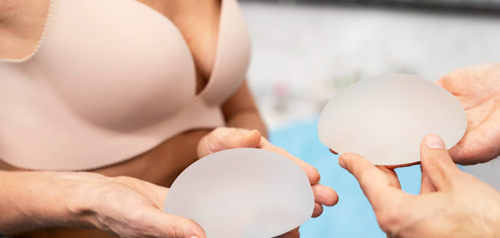
Yes, there is a chance that breast augmentation surgery can result in unsatisfactory outcomes or complications, commonly referred to as “botched” results. For more information on this subject, see How Do I Know If My Breast Aesthetics is Failing You can review our article.
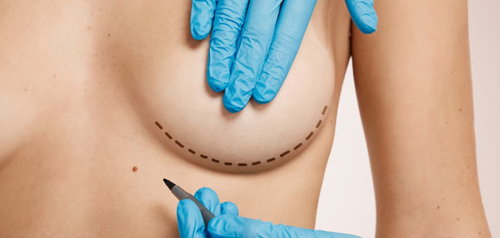
No, there are no obvious scars after breast augmentation surgery. Thanks to aesthetic suturing methods, the risk of scarring is minimized. The incisions are applied on the invisible part of the skin.

Our breast augmentation aesthetic packages include accommodation, transportation, nutrition, your needs during the aesthetic processes and a tour of Istanbul.
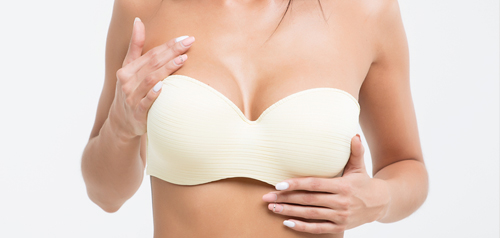
You need to stay in Turkey for 7 days for boob job. This process includes boob job surgery, control and Istanbul trip.

For breast enlargement in Turkey, a 1-week leave from your workplace will be sufficient.

As Estetica Istanbul, we are among the leading health tourism agencies. We work with the best hospitals and specialized doctors in Turkey and offer aesthetic packages suitable for our guests. You should choose us for low costs and permanent results.
Cost of Breast Enlargement in Turkey vary around the world. The situation of the countries, the success of the doctors and the special services of the clinics are among the main factors that determine these costs. So, how much does breast augmentation surgery cost? The cost of breast augmentation in Turkey is between $3,000 and $13,000. Turkey has the most affordable breast augmentation prices. Breast implant prices in Turkey are between 3,000 dollars & 5,000 dollars. These prices vary according to the services of health tourism clinics.
| Country | Breast Augmentation Turkey Cost |
|---|---|
| USA | $6.000 – $13.000 |
| United Kingdom | €7.500 – €12.000 |
| Turkey | $3.000 – $5.000 |

Estetica Istanbul, which has more than 10 years of experience in health tourism, provides services in an inclusive way. Every stage in the aesthetic processes of the guests is perfectly organized. Aesthetic surgeries are performed by specialized doctors in Turkey’s high standard hospitals.

Breast augmentation surgery is an aesthetic method that aims to change the size and shape of the breast structure. It is also known as breast implant, boob job and mammoplasty. With breast augmentation, a fuller breast structure is gained. Anyone who wants a larger and fuller breast appearance can have breast augmentation surgery.
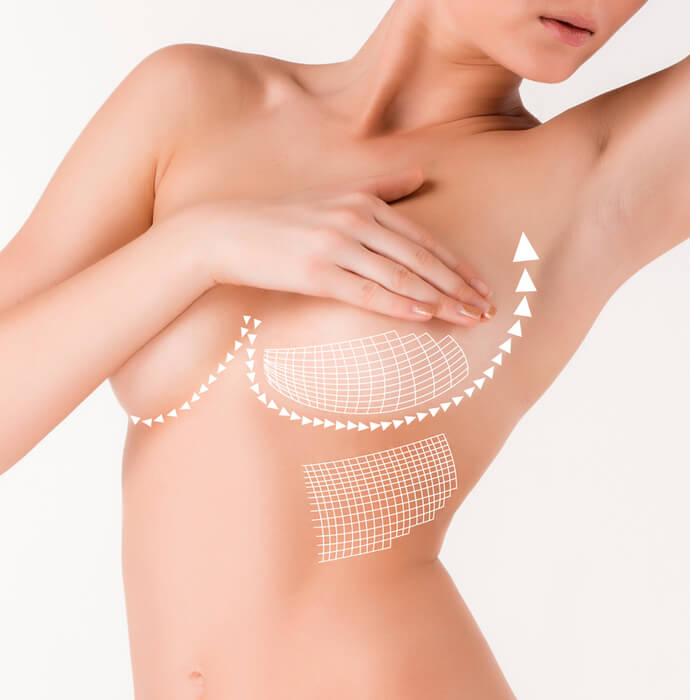

Women who want a larger breast appearance are suitable candidates for breast augmentation surgery. For the surgery, you must first have a healthy body and be over the age of 18. With these factors, suitable candidates for breast augmentation surgery can be listed as follows:
Breast augmentation surgeries are performed with different methods within the framework of the person’s wishes and breast structure. In general, breast augmentation methods with breast implants and fat transfer are preferred. Commonly applied breast augmentation techniques can be listed as follows:
Saline breast implants provide a firm and solid appearance. In this method, the implants are filled with saline.
Saline breast implants have a more natural appearance.
In this method, implants are made of silicone. It is necessary to visit the doctor regularly after aesthetics.
It is preferred for a fuller breast appearance.

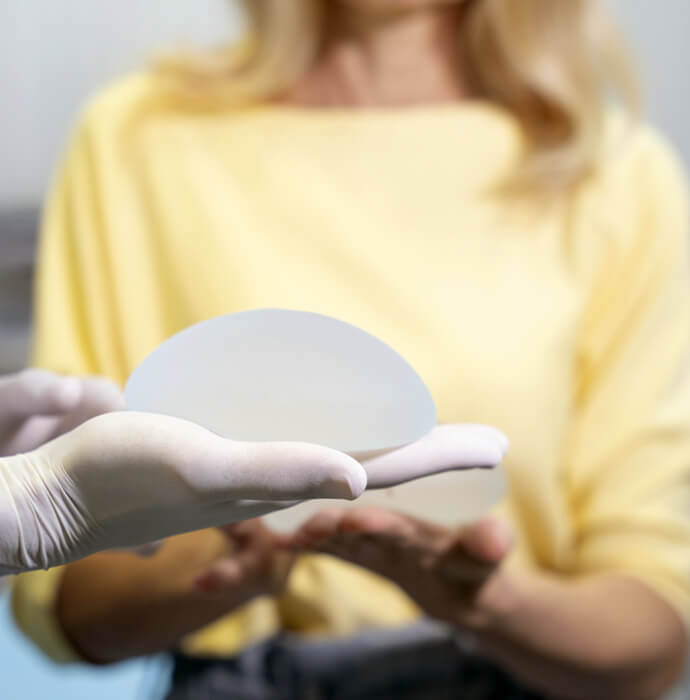
It is also known as gummy bear breast implants. Silicone gel has a thicker structure. It offers a firmer appearance compared to traditional methods.
It is a method that provides a softer and smoother breast appearance compared to other implant types.
It is the least applied method in breast augmentation surgeries.
In the fat infection method, the breast structure is plumped with fat taken from different parts of the body. No prosthetic breast is used in this method.
There are some techniques that have emerged as non-surgical breast augmentation methods. Generally, massage techniques and hyaluronic acid fillers are preferred for non-surgical breast augmentation. However, breast augmentation surgery is necessary for a permanent increase in breast size. In breast implant surgery; results that cannot be achieved with non-surgical breast augmentation are performed within 2 hours. However, natural supplements sold under non-surgical breast augmentation contain harmful ingredients for health. Their use is definitely not recommended.

Breast augmentation surgeries vary according to the type of aesthetic. However, the steps are generally similar. Breast augmentation surgery includes the following steps:

General anesthesia is applied to the patient to prevent pain and soreness.

The procedure starts with an incision in the fold under the breast, in the armpit or around the breast.

The procedure is completed by placing the implant behind or in front of the chest muscle.

After the implant is placed, the incisions are closed with aesthetic sutures to prevent scarring.
| Operation Goal | To achieve a more defined and larger breast appearance. |
|---|---|
| Does it Provide Successful Results? | Of course, breast augmentation surgery performed by a specialized plastic surgeon provides a high rate of success. |
| How many days should i stay? | 7 & 10 days with 1 night in hospital. |
| In/Outpatient | Inpatient |
| Possible Side Effects | Breast pain, infection, tenderness and bruising. |
| Do I Need a Visa? | Visits to Turkey under 90 days do not require a visa. Please refer to the government’s visa guide for more information. |
Estetica Istanbul offers premier breast augmentation services in Istanbul, Turkey, through our network of top-tier aesthetic clinics. Our collaborative clinics focus on delivering balanced and proportional results that enhance your facial harmony and overall beauty.
Discover top-notch breast augmentation options in Turkey with Estetica Istanbul, your premier medical tourism agency. We facilitate access to leading clinics and expert surgeons, ensuring a smooth journey and exceptional results. Contact us today to begin your transformation!

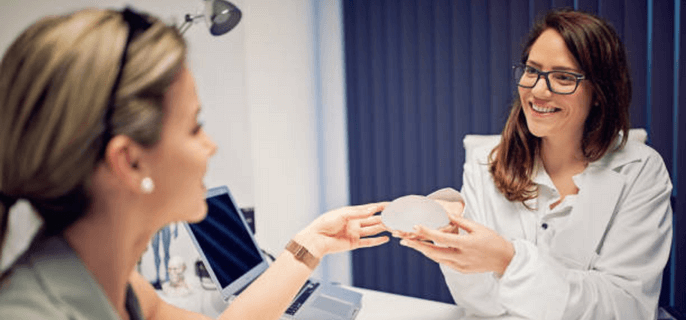
When it comes to breast augmentation, quality and care are paramount. Estetica Istanbul partners with the best breast implant clinics and hospitals in Turkey, providing first-class surgical expertise, state-of-the-art facilities, and personalized attention to every patient.
Trust your breast augmentation transformation to our highly skilled and experienced surgeons in Istanbul. Through Estetica Istanbul, you have access to some of the most successful doctors specializing in breast augmentation procedures, ensuring your satisfaction and safety throughout your journey.


Take the first step towards your breast augmentation journey with a complimentary consultation through Estetica Istanbul. Our expert surgeons will assess your needs and guide you through the best breast augmentation options available in Turkey, all without any cost.
Your breast augmentation journey is unique, and so should be your treatment plan. Estetica Istanbul offers personalized plans tailored to your goals and concerns, ensuring expert breast augmentation procedures that enhance your natural beauty and confidence.


After your breast augmentation surgery, explore the captivating city of Istanbul with guided tours organized by Estetica Istanbul. Immerse yourself in the rich history, vibrant culture, and breathtaking views of the city while recovering in comfort and style.
Your comfort is our priority. Estetica Istanbul provides high-quality accommodation options for your breast augmentation surgery in Turkey, ensuring a peaceful and comfortable recovery experience. From luxurious hotels to cozy vacation rentals, we offer accommodations to suit every preference and budget.
Transform your breasts, transform your life. Start your breast augmentation journey with Estetica Istanbul today, the trusted name in medical tourism for aesthetic procedures in Turkey.



Breast augmentation surgery is usually performed for people who find their breast appearance small to have larger breasts.
General anesthesia is applied during breast augmentation surgery. Therefore, the patient does not feel pain or ache during the operation. Mild pain may be experienced after breast augmentation surgery. Pain can be alleviated with painkillers and cold compresses.
Risks of breast augmentation surgery include pain, bruising and infection.
Breast augmentation surgery can affect breastfeeding. Therefore, it is not recommended during pregnancy and breastfeeding.
Breast augmentation surgery takes about 1 hour on average. The duration of the surgery varies according to the aesthetic scope. The longest breast aesthetic surgery lasts 2 hours.
People who are not physically healthy, pregnant or breastfeeding women cannot have breast augmentation surgery.
Most silicone and saline implants are FDA approved for 10-20 years, but this does not mean that you need to replace these prostheses every 10-20 years. You can safely go beyond these times and most patients only need to be replaced 1-2 times in their lifetime.
We have listed the seven best countries for breast implants by quality and price.
There are two points to consider here:
Regarding tracking, some research suggests that implants can hide areas of the breast during mammograms. However, this may depend on whether they are placed above or below the muscle.
Despite this, there is no evidence that women with breast implants are diagnosed with breast cancer delayed. You should talk to your doctor about these issues before making a decision.
Breast augmentation does not lift saggy breasts, and an increase in breast volume can worsen the appearance of sagging. The appropriate procedure to correct sagging breasts is a breast lift or mastopexy. A breast lift involves tightening tissues and removing excess, as well as repositioning the areolas and nipples into potentially more suitable positions. Many patients, especially those who have been pregnant and breastfeeding, want to both lift and enlarge their breasts, in this case, breast augmentation mastopexy or combined breast augmentation and lift can be performed.
Yes, breast enlargement (augmentation) procedures in Turkey can be safe if conducted by qualified and experienced professionals in reputable facilities. It’s essential to research the surgeon, facility, and relevant medical standards to ensure a safe and successful procedure.
Breast enlargement, or breast augmentation, is a cosmetic surgery to increase the size and enhance the shape of a woman’s breasts, usually through the use of implants.
Breast implants typically last around 10 to 20 years, but individual experiences may vary. Regular check-ups are advised, and replacement may be needed if issues arise.